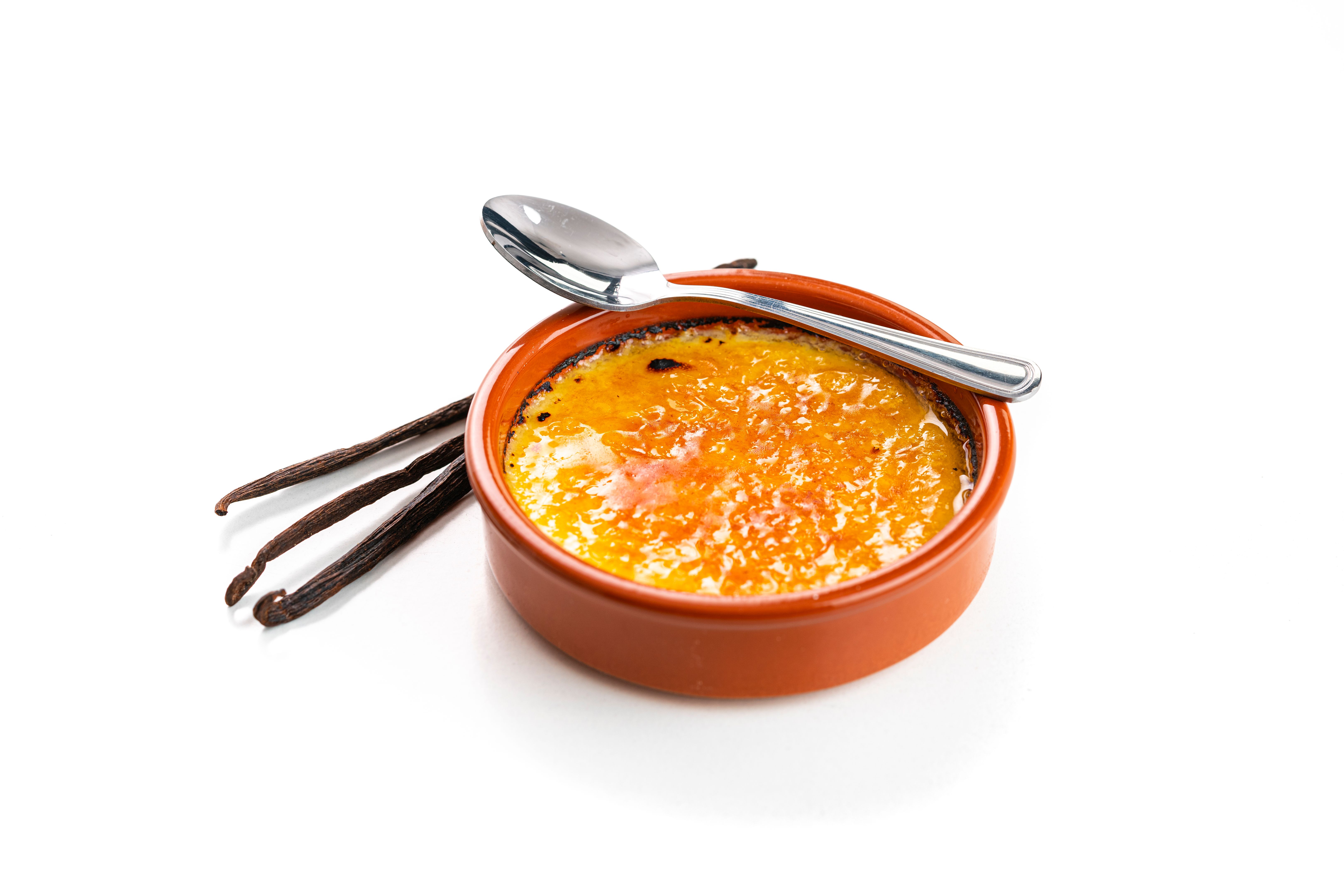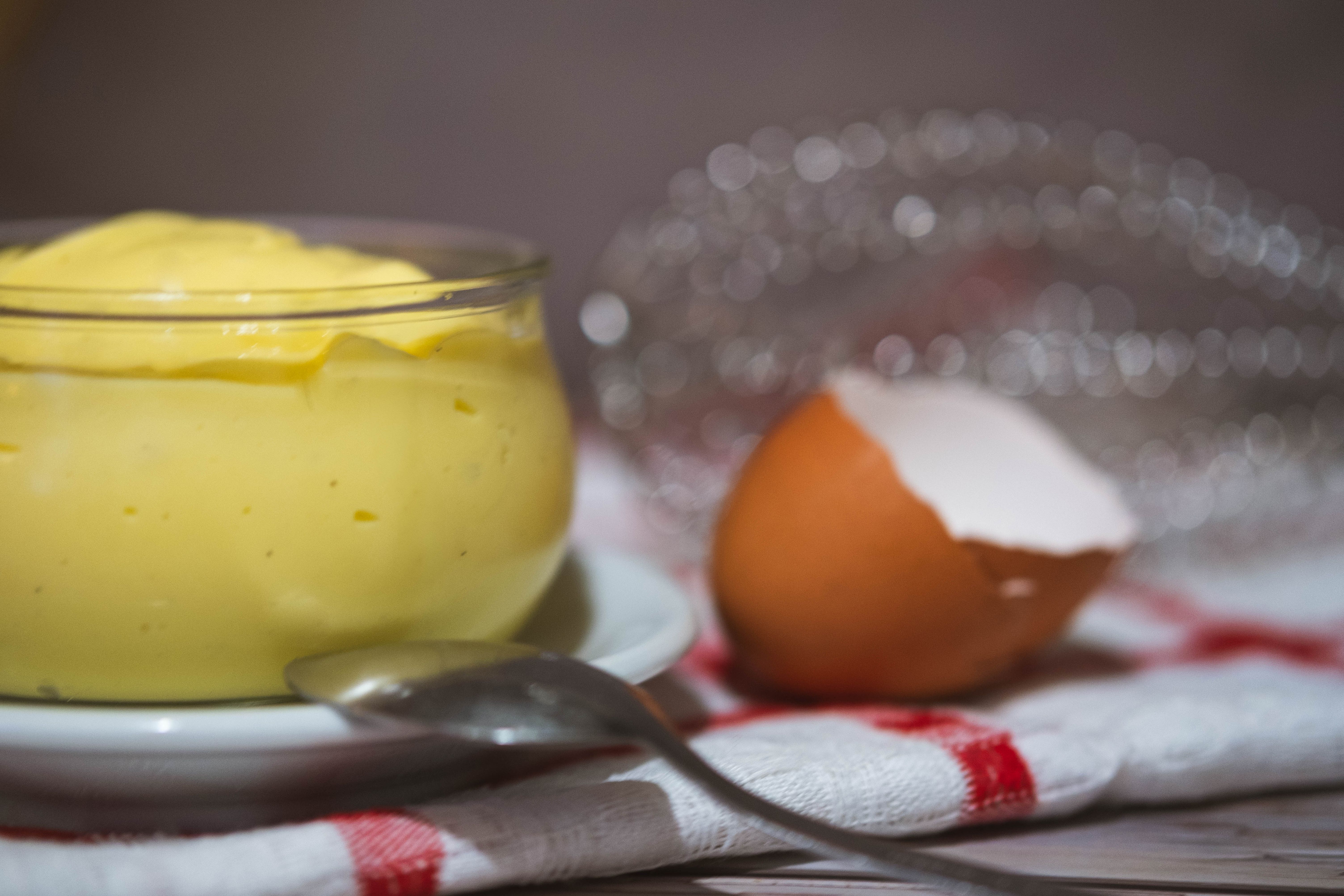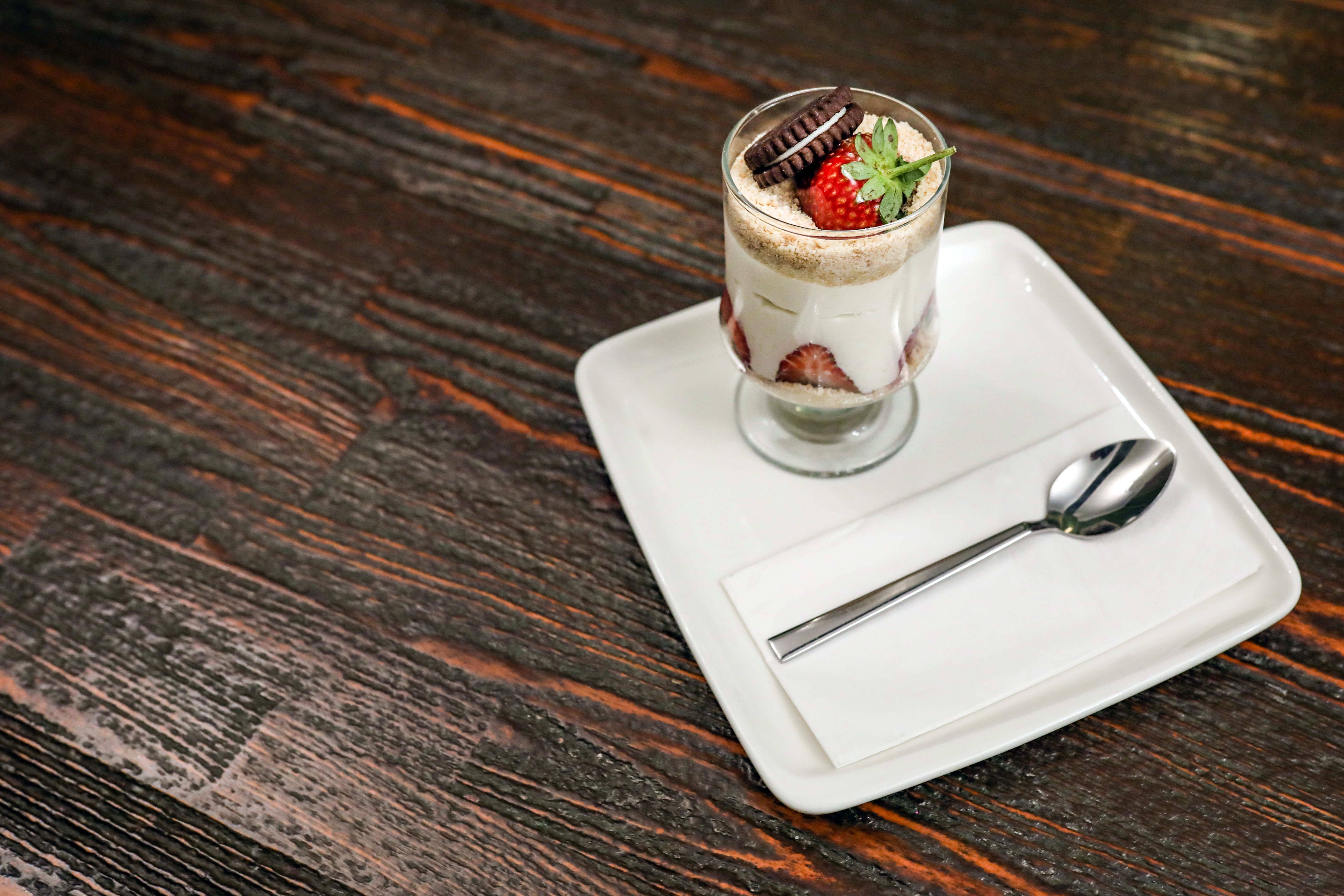Mastering Crème Brûlée: A Classic French Dessert
Introduction to Crème Brûlée
Crème brûlée is a quintessential French dessert that has captured the hearts of dessert lovers worldwide. Known for its rich, creamy custard base and contrasting crunchy caramelized sugar topping, this dessert is a perfect blend of flavors and textures. Whether you're a novice in the kitchen or an experienced chef, mastering crème brûlée is a rewarding culinary accomplishment.

The Ingredients You Need
To create this classic dessert, you'll need a few key ingredients. The simplicity of crème brûlée's ingredient list is part of its charm. Here's what you'll need:
- Heavy cream
- Vanilla bean or vanilla extract
- Egg yolks
- Sugar
- Salt
- Brown or white sugar for caramelizing
Preparing the Custard Base
The foundation of any great crème brûlée is its silky custard. To start, heat the heavy cream with a split vanilla bean or a few drops of vanilla extract until warm but not boiling. In a separate bowl, whisk together the egg yolks, sugar, and a pinch of salt until the mixture is pale and thick. Slowly add the warm cream to the egg mixture, stirring constantly to prevent the yolks from curdling.

Baking Your Crème Brûlée
Once your custard base is ready, it's time to bake it to creamy perfection. Pour the mixture into ramekins and place them in a baking dish. Add hot water to the dish to reach halfway up the sides of the ramekins, creating a water bath that ensures even cooking. Bake at a low temperature until the custard is set but still slightly jiggly in the center.
The Art of Caramelizing Sugar
The signature feature of crème brûlée is its caramelized sugar crust. Once the custard has cooled, sprinkle an even layer of sugar over each dessert. Using a kitchen torch, carefully melt and caramelize the sugar until it forms a golden, glass-like surface. If you don't have a torch, you can broil the ramekins in the oven, but watch closely to avoid burning.

Serving Suggestions and Variations
Crème brûlée is traditionally served cold, allowing the contrast between the chilled custard and warm, crispy topping to shine. For an elegant presentation, garnish with fresh berries or a sprig of mint. If you're feeling adventurous, consider infusing your custard with flavors like coffee, chocolate, or citrus for an exciting twist on this classic dessert.
Troubleshooting Tips
Even seasoned bakers can encounter challenges when making crème brûlée. Here are some common issues and solutions:
- If your custard is too runny, ensure you're baking it long enough or check that your oven temperature is accurate.
- A gritty texture might mean your eggs overcooked; stir continuously while adding cream.
- If your sugar topping isn't crisping, try using a finer sugar or moving your torch closer.

Conclusion: Enjoying Your Masterpiece
With patience and practice, mastering crème brûlée can be an enjoyable culinary journey. This classic dessert offers endless possibilities for personalization and is sure to impress at any dinner party or special occasion. So gather your ingredients, embrace your inner chef, and indulge in the delightful experience of creating and savoring your own perfect crème brûlée.
